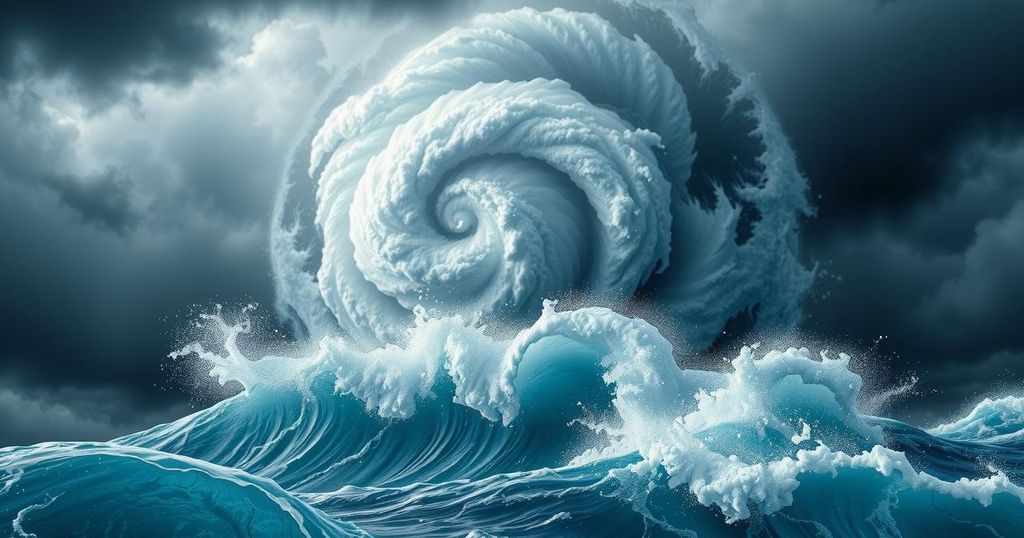Overview of Tropical Cyclone Garance in the Indian Ocean

Tropical Cyclone Garance was reported in the Indian Ocean with sustained winds of 121 mph, categorizing it as a Category 3 hurricane. Cyclones are unique to the Southern Hemisphere and spin clockwise. They affect areas like Madagascar and Australia’s coasts, with a season running from late October to May, peaking in late February and early March.
Early Thursday Eastern time, the Joint Typhoon Warning Center reported on Tropical Cyclone Garance, which was present in the Indian Ocean. The cyclone exhibited sustained wind speeds of 121 miles per hour, classifying it as a Category 3 hurricane if it were in the Atlantic region. In the Southern Hemisphere, however, it is officially designated as a cyclone due to regional naming conventions.
Only about 25% of the world’s tropical cyclones occur in the Southern Hemisphere. Cyclones in this area are considered hurricanes when their sustained winds reach 74 miles per hour or more. A distinguishing feature of cyclones is their clockwise rotation, in contrast to the counterclockwise rotation of hurricanes found in the Northern Hemisphere.
Cyclones can impact various regions, including eastern Africa—especially Madagascar—and the western, northern, and eastern coasts of Australia, along with nearby island nations. The cyclone season in the Southern Hemisphere operates inversely to other parts of the world, typically commencing in late October and extending through May, with peak activity generally noted in late February and early March.
In summary, Tropical Cyclone Garance presents as a significant storm in the Indian Ocean with wind speeds indicative of a Category 3 hurricane. The characteristics of cyclones differ markedly from those of hurricanes in the Northern Hemisphere, including rotation direction and seasonal patterns. Awareness of these elements is essential for understanding potential impacts in affected regions.
Original Source: www.nytimes.com







